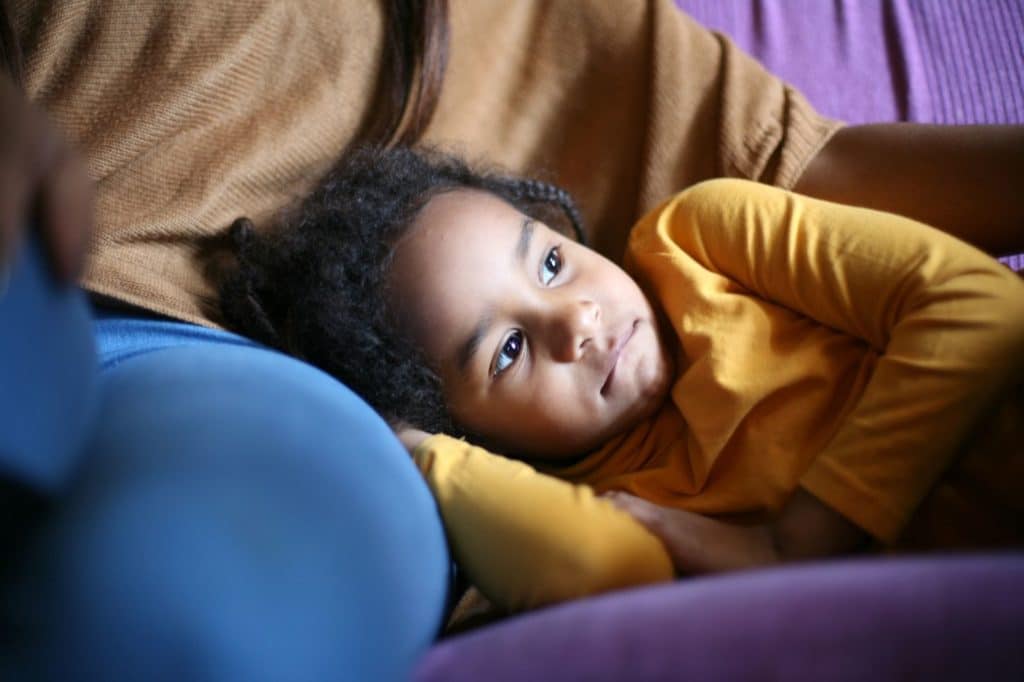As the nights get longer, the days get colder and the sky clouds over for days at a time, many people – including children – find themselves feeling tired, listless, sad and longing for spring on occasion. And that’s normal. For some though, the feelings are relentless and can be debilitating, affecting our health, our work and our home life. When the winter blues become much more, it’s known as Seasonal Affective Disorder (SAD) and left untreated, could lead to serious complications.
According to the Mayo Clinic, symptoms of winter-onset SAD include:
- Feeling easily irritated, and finding it harder to get along with people
- A general feeling of low energy and fatigue
- Hypersensitive to rejection or failure
- A strange “leaden” feeling in your extremities
- Sleeping too much, craving carbs and gaining weight
The symptoms are thought to be brought on by the dramatic reduction in the amount of sunlight in our days. Our biological clocks get into a slower rhythm, and our serotonin and melatonin levels drop. The risk of developing SAD seems to be higher for females, younger people, people who live farther from the equator, and people with a family history of SAD or a diagnosis of depression or bipolar disorder.
“It’s normal to have some days when you feel down,” notes the Mayo Clinic site. “But if you feel down for days at a time and you can’t get motivated to do activities you normally enjoy, see your doctor. This is especially important if your sleep patterns and appetite have changed or if you feel hopeless, think about suicide, or turn to alcohol for comfort or relaxation.”
Finding Help for Seasonal Affective Disorder
Fortunately, there are some promising new treatments available to combat this seasonal problem, according to the American Psychological Association. Some of the most successful medical interventions include light therapy; anti-depressants may also be prescribed in combination with light therapy. There are also steps you can take a home that may help anyone suffering from SAD, according to WebMD:
- Get outside at lunchtime, when the sun is at its highest. Take your children out to play after school, too.
- Exercise.
- Paint your walls with lighter, sunnier colors.
- Keep warm and focus on the cozy aspects of winter. For your children, this can mean enjoying cold-weather treats like hot chocolate and s’mores.
- Open drapes and let as much light into your home and office as you can.
- If you can manage it, spend some time in a sunny location. Soak up the sun.
Seasonal affective disorder affects an estimated 5% of all people, according to the American Family Physician website. If you believe it’s affecting someone in your family, please talk to your doctor or mental health counselor. You may not have to wait until spring for relief.
In case of a medical emergency, please call 911. For a child’s mental health emergency (ages 3 to 17), call Clarity Child Guidance Center at 210-582-6412. Our crisis service department accepts walk-ins 24/7. You can find directions to our campus here. Please do not hesitate to reach out to us. We are here to help!










